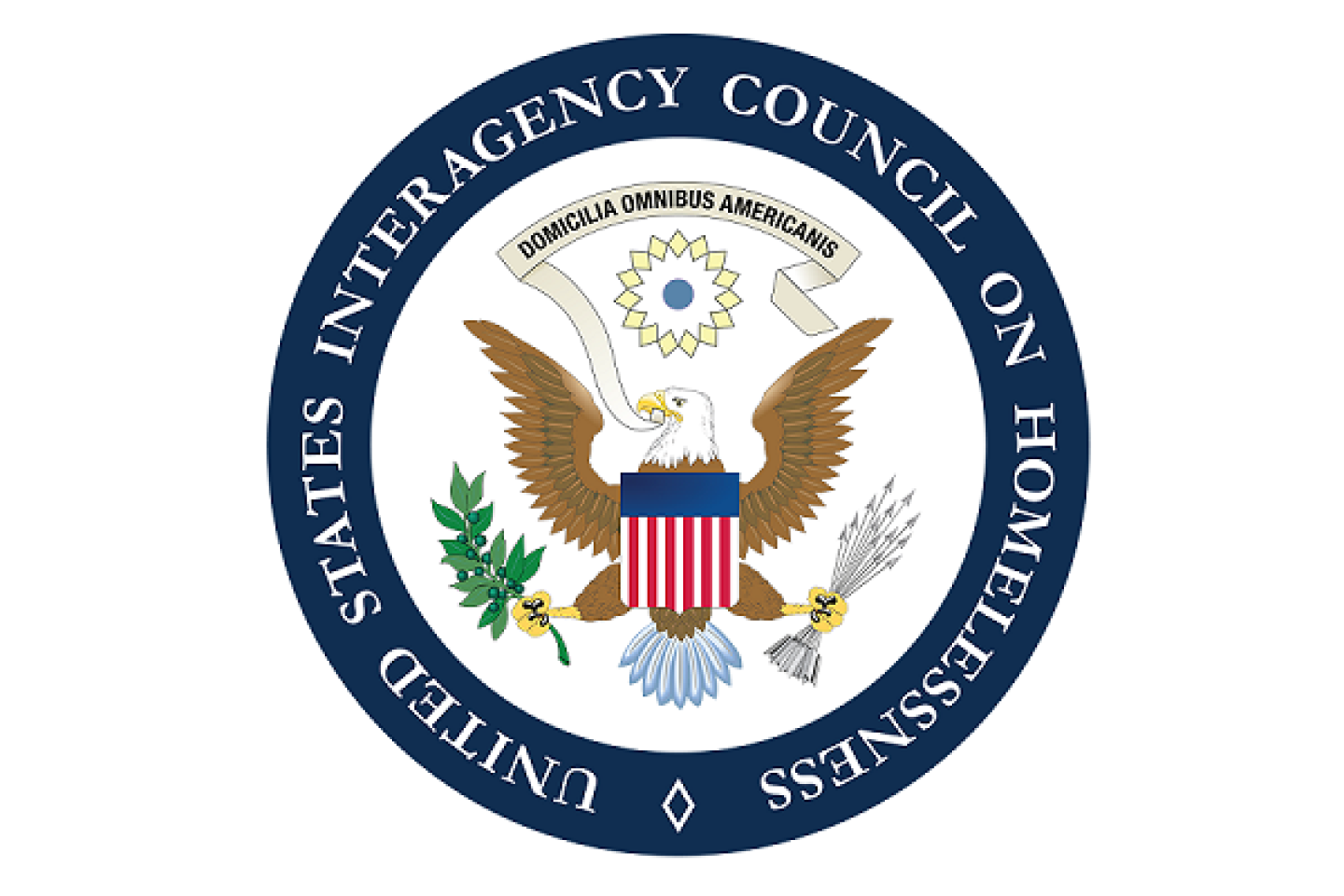Responding to the Growing Crisis of Unsheltered Homelessness and Encampments
Solving homelessness for people living unsheltered, in encampments, and in vehicles is one of the most challenging issues facing many communities. It was a public health crisis even before the pandemic, and it is growing right in front of our eyes.
Elected leaders are grappling over difficult choices with limited resources: Should they invest in lifesaving crisis response services and temporary shelter, or in long-term permanent housing and support services? Ultimately, we must do both at the same time and at the right scale to make a clear, measurable, sustainable impact that results in more people living in safe, affordable homes.
The out-in-the-open nature of unsheltered homelessness has created intense division among elected officials, neighbors, housing and social service providers, advocates, the business and faith communities, and people experiencing homelessness who often have nowhere else to go. Such a charged environment can lead to finger-pointing and blame. Elected leaders face demands for swift action, but real solutions take time and money. We hear many communities say they are tired of reacting to the crisis with expensive, short-term responses driven by political pressure or litigation. Instead, they want to engage in intentional, strategic, regional conversations that lead to productive collaboration, mutual investment, and fewer people experiencing the trauma of homelessness.
While unsheltered homelessness is not new, the COVID-19 pandemic has exacerbated it. The pandemic also magnified the vital ties between health care and housing. When shelters had to reduce capacity by half to mitigate the spread of the virus, and while rehousing efforts stalled almost overnight, encampments in many cities multiplied, filling sidewalks, and spilling into streets and parks. Staff of outreach teams, shelters, and drop-in centers were exhausted and spread thin. The quick response by public health to go into the field and provide needed supplies, education, and services highlighted the cross-systems partnerships needed to comprehensively address homelessness.
There is not a single community in the country that has implemented a perfect system to solve unsheltered homelessness. There are, however, emerging practices around collaboration, outreach, shelter, supportive services, and housing that are leading to success.
Strong cross-department, all-of-government, cross-sector, community-wide communication and coordination are key. Everyone needs to be looped in and on the same page—both in the planning and implementation phases. People experiencing homelessness need to be at the table, developing sustainable solutions to unsheltered homelessness. Neighbors and businesses need to see a transparent process and have opportunities to weigh in on what actions are taking place. Outreach teams need ample time to engage and build trust. Service providers and government agencies must talk to one another, share data, and coordinate coverage across geography. As outreach teams engage, they need streamlined access to shelter, housing, and health care, including mental health and substance use treatment. And efforts to address unsheltered homelessness must be part of the overall homelessness response system and connected to Coordinated Entry. This work can’t be a set of standalone activities or resources brought to bear only when an encampment is going to be closed.
We also know that removing encampments without providing access to low-barrier shelter and a range of housing options does not work. There are many reasons a person without a home may stay outside rather than in a shelter: Local shelters may be full, or the individual may not meet requirements for sobriety and other mandates. They may not want to be separated from family members, partners, or pets. Or they may fear having their belongings lost or stolen. Creating safe, inclusive indoor spaces that address these concerns is crucial. Forcing people to move into a shelter or moving them from place to place without a clear pathway to housing only dissolves trust and leads to personal setbacks.
USICH will soon release a set of guiding principles and practices to help communities address unsheltered homelessness in general and encampments specifically. The principles and practices will be based on our ongoing work at the local level, and they will be refined as we continue to listen and learn from you. Through our community engagement and national peer-to-peer conversations, we will gather and share emerging practices. In the meantime, please reach out to your USICH Regional Coordinator for support and connection to other communities.



